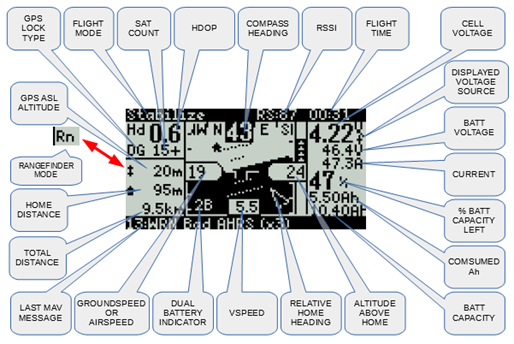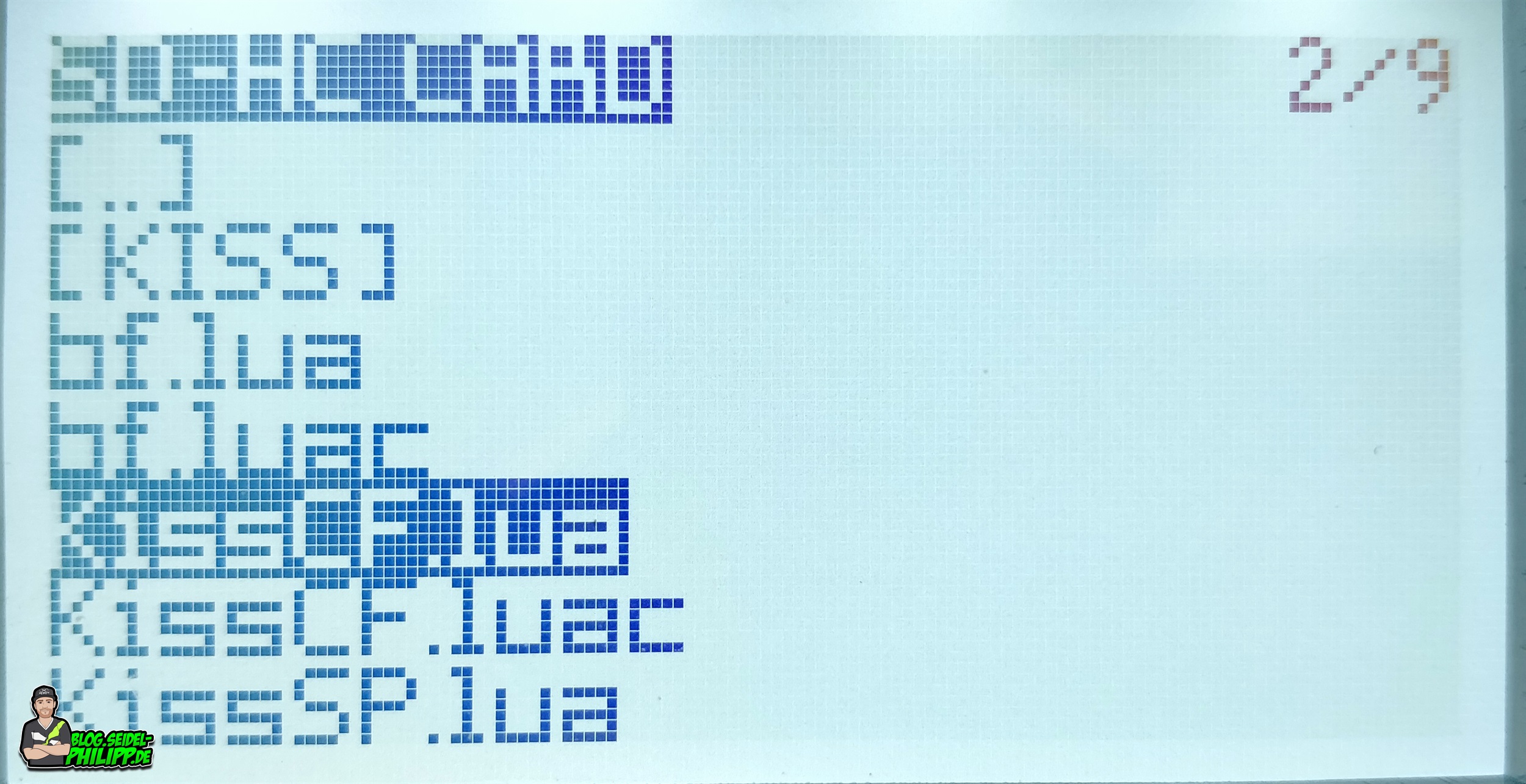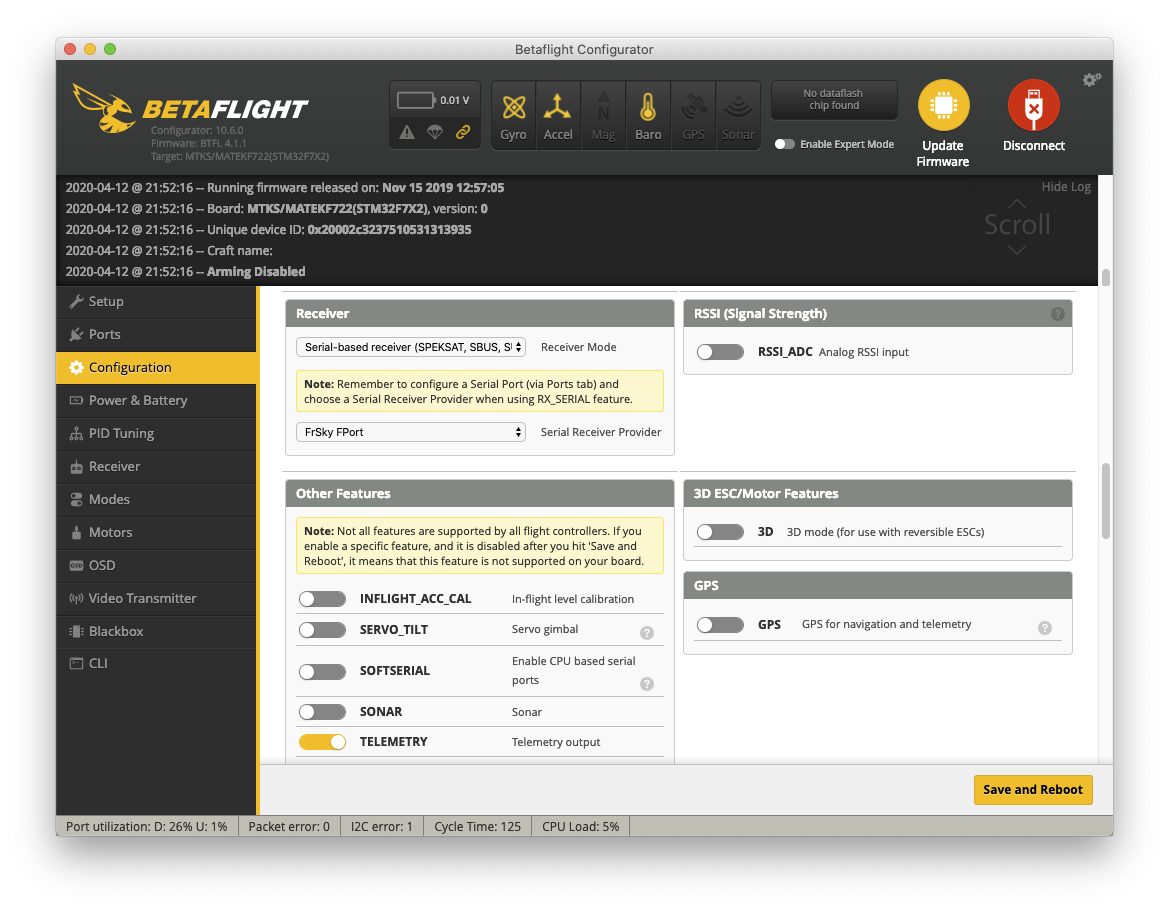

The Taranis you are holding in your hands (you are holding your Taranis right now aren’t you?) is fundamentally a computer with a couple of sticks and a bunch of switches and knobs. Now that we know what the wizard can do and that when it runs is controlled by the user, let’s move to the next type of script available to us, the model script.Ī little background first. One-time scripts are chosen and run by the user whenever they select the script and have it run. There have been some other ideas proposed such as using a one-time script to go find certain conditions in model setups, and possibly making global model changes, etc. If someone wants to add on, or write their own custom setup script (say for their F3J sailplane) and distribute it, they are free to do so. Now, the nice part about this is that we aren’t locked into one particular model setup. This script, when run on the radio, goes through setting up a model.

A perfect example of this is the setup wizard that has been distributed with the 2.0.0 firmware. We have one-time scripts which are meant to be run one-time (obviously). The first thing we want to cover is that there are two types of Lua scripts. This is just to get you familiar with Lua scripting and how it integrates with OpenTX and the Taranis. That will be covered beginning with Lua 502. With that being said, we are not going to run any scripts in this introductory class. The first thing that I want to point out is that the Lua scripts are a brand new addition to OpenTX with v2.0.0, and as of v2.0.3, some changes have been made in anticipation of further use of scripts with the radio and things are being improved with each new version of OpenTX. For now, let’s talk about what kinds of Lua scripting are available for the Taranis.

I will include some links at the end of this document to websites to help further your journey into Lua scripting at the end of the course.

The fact that you are here shows that you have an interest in scriptinh, so let’s go ahead and get started. Actually running, using, and creating Lua scripts will be covered in a later course. This course is intended to get you familiar with what a Lua script is and the different types of scripts. With that being said we aren’t going to leave you out in the cold. I also will not be going over the finer points of your Taranis, as that is covered on other portions of this website. I think it’s fair to say that we don’t need to define what a script is in this day and age. So, you have read about Lua scripts and are interested in what can be done. LUA 501 – Introduction to Lua Scripts Your instructor: Isaac Davis (Fig Newton on RCGroups)


 0 kommentar(er)
0 kommentar(er)
